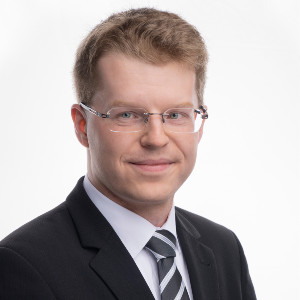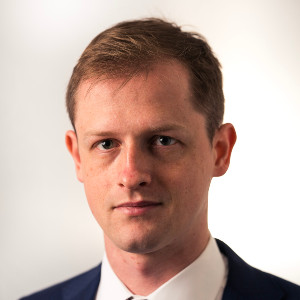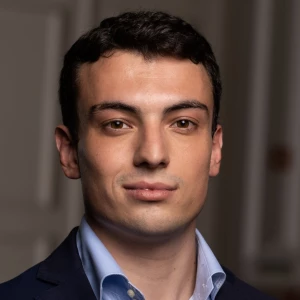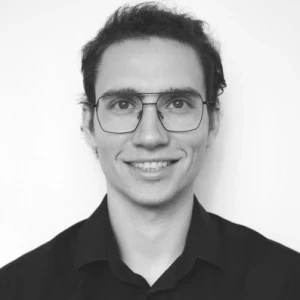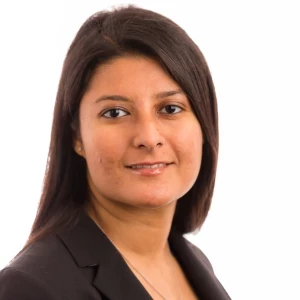Hello community,
I have a question related to the structure of the interview. Once the interviewer has presented the problem description, it is recommended to restate the problem in your own words and clarify all the objectives. After this step, do you start collecting information to prepare for the structure or do you first start with a preliminary roadmap and then start the data gathering process whigh might lead to a revision of the structure? What is the best approach?
Furthermore, is there any option that someone has a short look at my CV and a draft version of the cover letter, so that I can get an impression that I am on the right track?
Best regards
Markus
